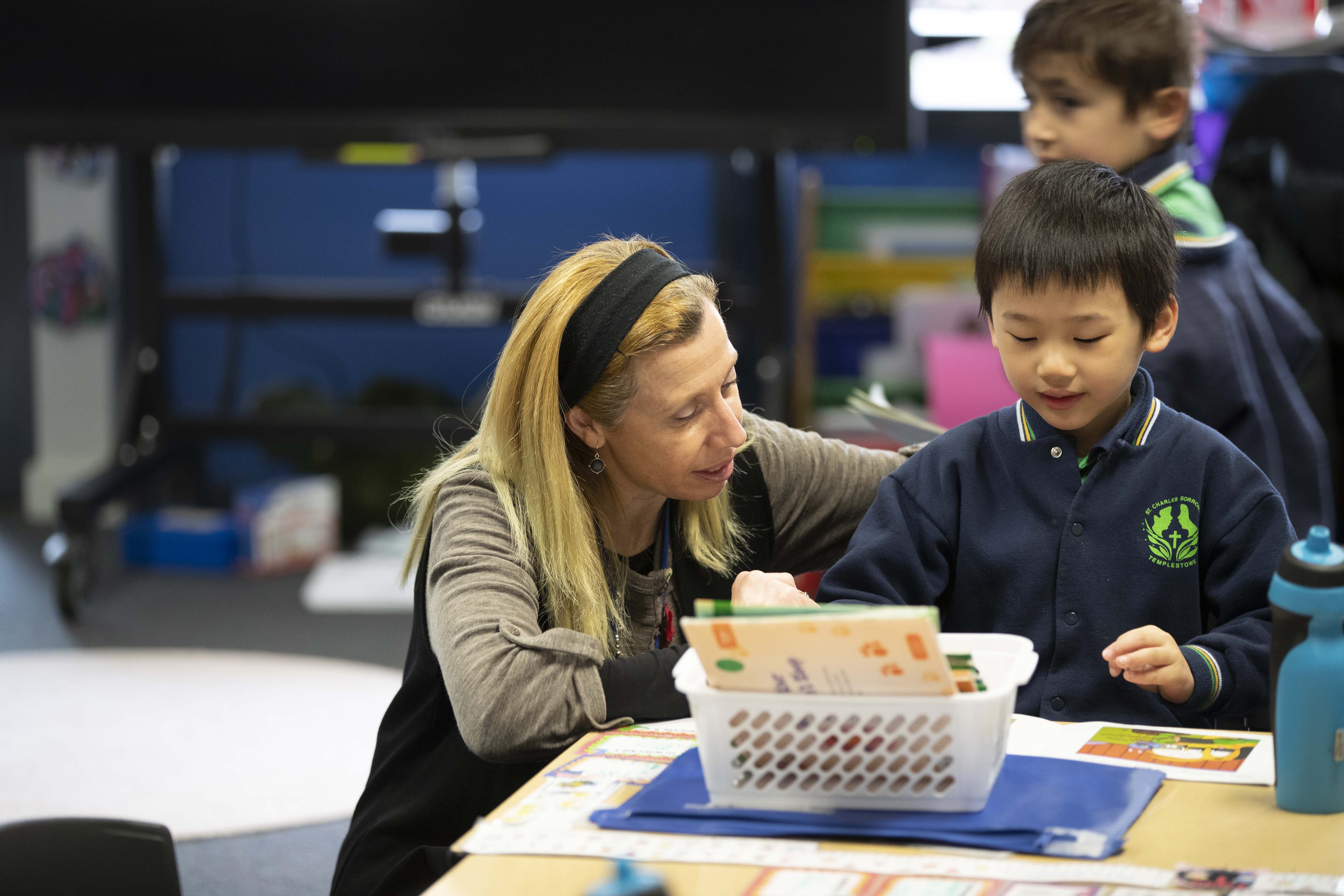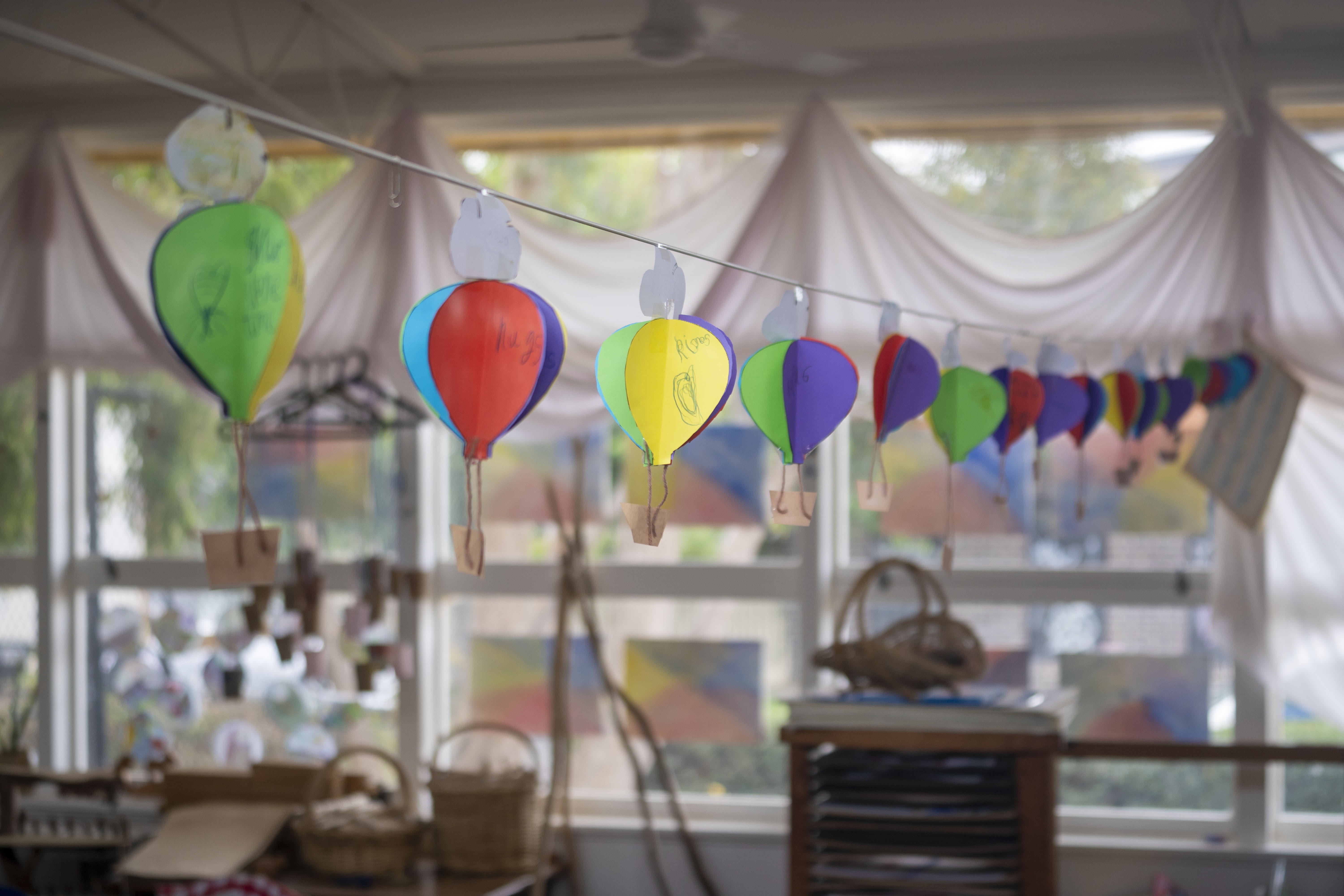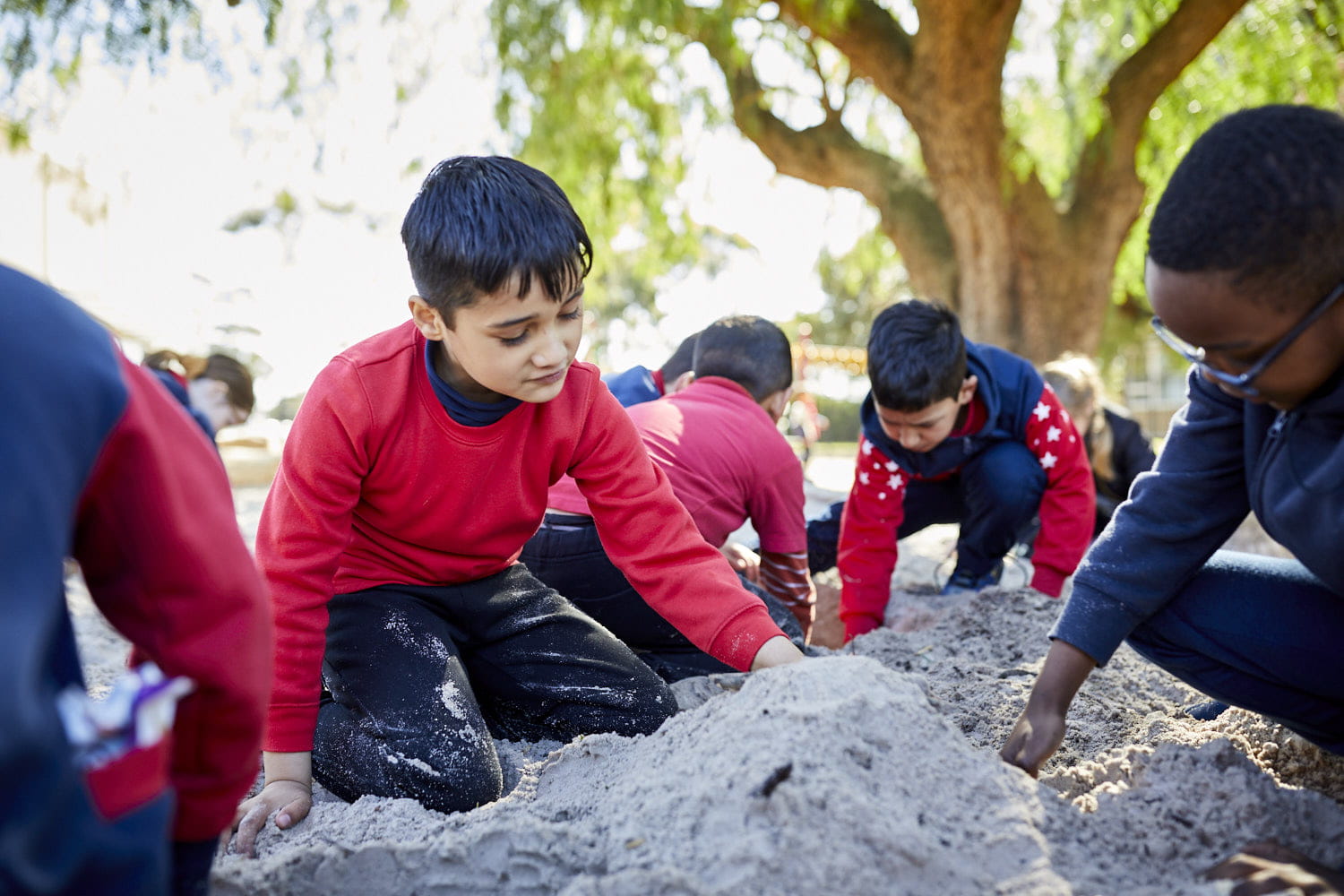On this page
Download this Fact Sheet:
Fact Sheet: Recognising bullying behaviour (211.4 KB, PDF)
Some children and young people are at greater risk of being bullied
Anyone can become the target of bullying, and it’s never the individual’s fault.
Although being bullied can happen to anyone, there are some children and young people who may be at greater risk.
Awareness of these factors can help educators identify concerns early and respond in a timely, informed way.
Multicultural and culturally and linguistically diverse communities
Children and young people from these communities are sometimes the target of bullying reflecting stereotyping or bias related to their cultural, religious, linguistic or racial background.
First Nations children and young people
First Nations children and young people may be at greater risk of being bullied. This may be due to the ongoing impacts of colonisation and structural inequity which can contribute to experiences of discrimination and exclusion.
LGBTIQA+ community
LGBTIQA+ children and young people are more likely to be bullied. This reflects stigma, discrimination or lack of understanding about gender diversity, sex characteristics or sexual orientation.
Children and young people with disability
Children and young people with a disability are more likely to be the targets of bullying due to discrimination, prejudice and a lack of understanding of their needs and experiences.
While some groups are at greater risk, any student who is perceived as “different”- such as those new to a learning community, experiencing family changes, or having unique interests - may also be vulnerable to bullying.
Recognising bullying
Most bullying behaviour occurs out of sight of adults. However, as an educator, you’re well placed to notice behaviour changes in a child or young person, or changes within peer groups, which may indicate the presence of bullying.
Signs which may indicate bullying could include:
- a change in an individual’s demeanor, engagement or attendance of school or classes
- damage to belongings or belongings becoming ‘lost’ more frequently
- shifts in friendships which seem to leave one or more child or young person unhappy
- problematic dynamics/interactions between children and young people
- unhelpful/unsupportive comments made about another child or young person
- a child or young person being ignored or excluded
- a child or young person avoiding certain parts of the school grounds, arriving or leaving school late or very early
- a child or young person seeming tired, daydreamy, or anxious, particularly around specific peers
- a child or young person appearing disheveled, with torn or dirty clothing
- a child or young person with injuries such as bruises or cuts.
You can use the BETLS Observational Tool to help you gather and document information and observations about a child or young person and your concerns.
Next steps could involve
(Always follow your learning community’s policies on bullying.)
- asking the child or person, privately, if they’d like to have a conversation to let them know about your concerns
- asking about any concerns they have in the learning community or at home
- discussing your concerns with your learning community’s leadership, pastoral care or student wellbeing staff member to share concerns and what you’ve observed
- making small changes to the learning environment such as creating a buddy system
- exploring the Notice, Inquire and Provide modules in the Early Support domain for further guidance on recognising early signs and providing support
If a child or young person is identified as a target of bullying, act quickly and follow your learning community’s policies and procedures relating to bullying.
Taking early action can help put a stop to the bullying and support a safer, more inclusive learning community for everyone.
Be You Resources
Learn more about What schools can do about bullying.
Be You Professional Learning
Learn more about noticing changes to children and young people’s behaviour and wellbeing in the Notice module.
Learn more about promoting a positive school culture that encourages inclusion, respectful relationships and valuing diversity in the Mentally Healthy Communities domain.
-
External links


